Homemade Eggnog
Updated Dec 05, 2025
Homemade eggnog made with egg yolks, warm spices, milk, and cream for a classic holiday drink you can mix on the stove.
This post may contain affiliate links. Please read our disclosure policy.
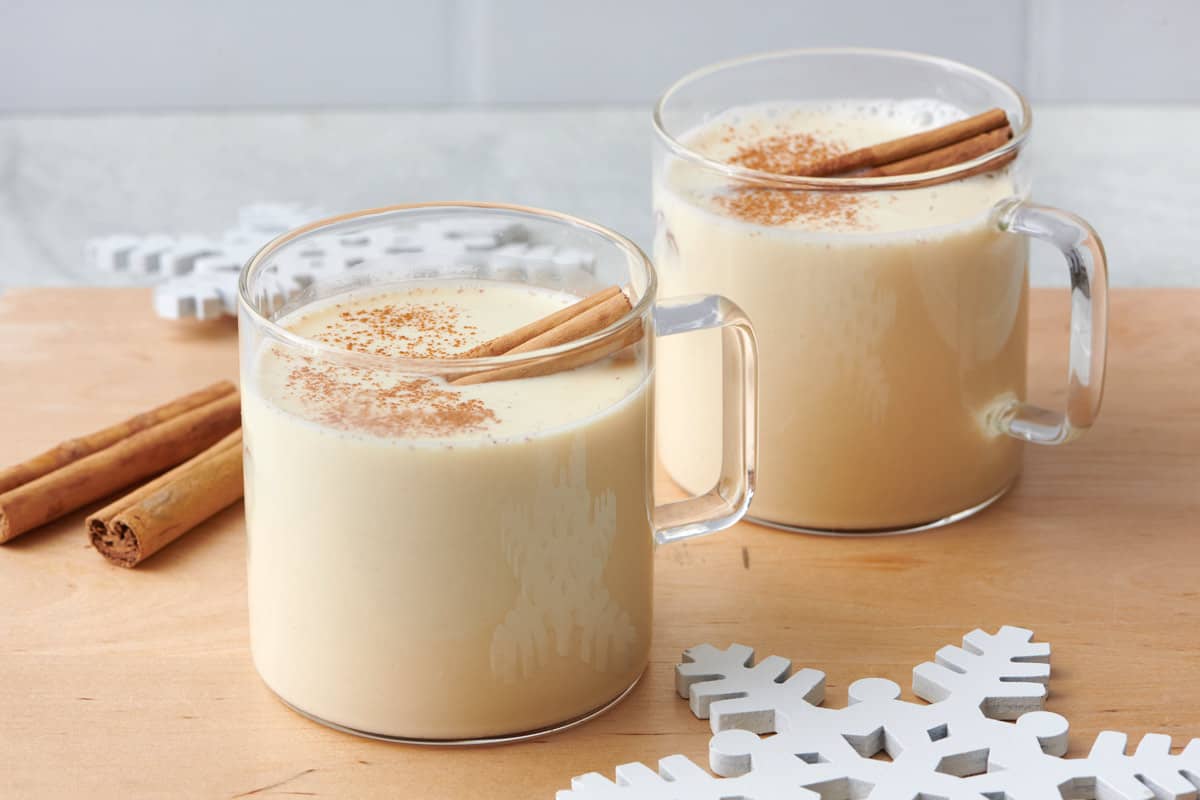
Jump to Section
Serve HOMEMADE eggnog to guests this year!

This homemade eggnog recipe is all about bringing together simple, wholesome ingredients for a rich, creamy drink that’s a staple during the holiday season. I’m personally not the biggest fan of eggnog because it’s not something that I grew up having. However, I still love to serve it to my guests during holiday parties because the aroma and taste is so warm and inviting during the season. And nothing beats thick, creamy eggnog, made at home with love. I may not have the same sentimental attachment to it, but I know that homemade eggnog brings joy to those who eagerly anticipate it during the holidays.
Happy Cooking!
– Yumna
Homemade Eggnog Ingredients
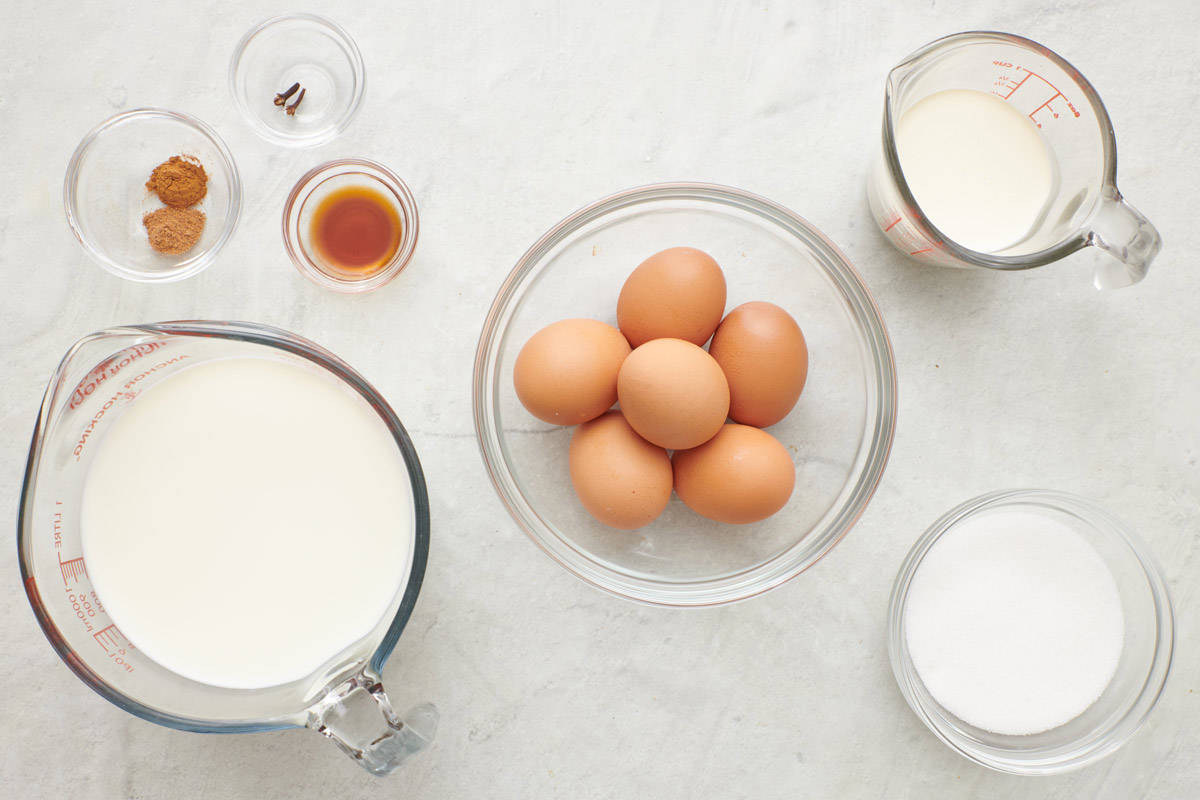
- Egg yolks: Be sure to use high-quality, fresh eggs. They will be easiest to separate when cold, but then you want the yolks to sit at room temperature before making the eggnog. You can save the egg whites to use them to make candied walnuts or pecans.
- Milk and heavy cream: Avoid using skim or reduced-fat milk or light cream as that will dilute the eggnog. You can use dairy alternatives, but just know added stabilizers may impact the final consistency of the eggnog.
- Granulated sugar: Swap for brown sugar for a deeper flavor, if desired. You can also use a liquid sweetener like pure maple syrup or honey.
- Cinnamon and Nutmeg: These are the classic warm spices to add, but you could also use a pinch of ground ginger.
- Vanilla extract: Just a splash is all you need to round out the flavor. Look for pure vanilla extract, or use vanilla bean paste for a deeper flavor.
- Whole cloves: Or use a pinch of ground cloves.
How to Make Homemade Eggnog
Learning how to make eggnog without alcohol is simpler than you think. Start by whisking the egg yolks with sugar and then tempering the mixture with warm milk. Then, gently cook to combine everything. Strain, chill, and it’s ready to be enjoyed – rich, creamy, and alcohol-free!
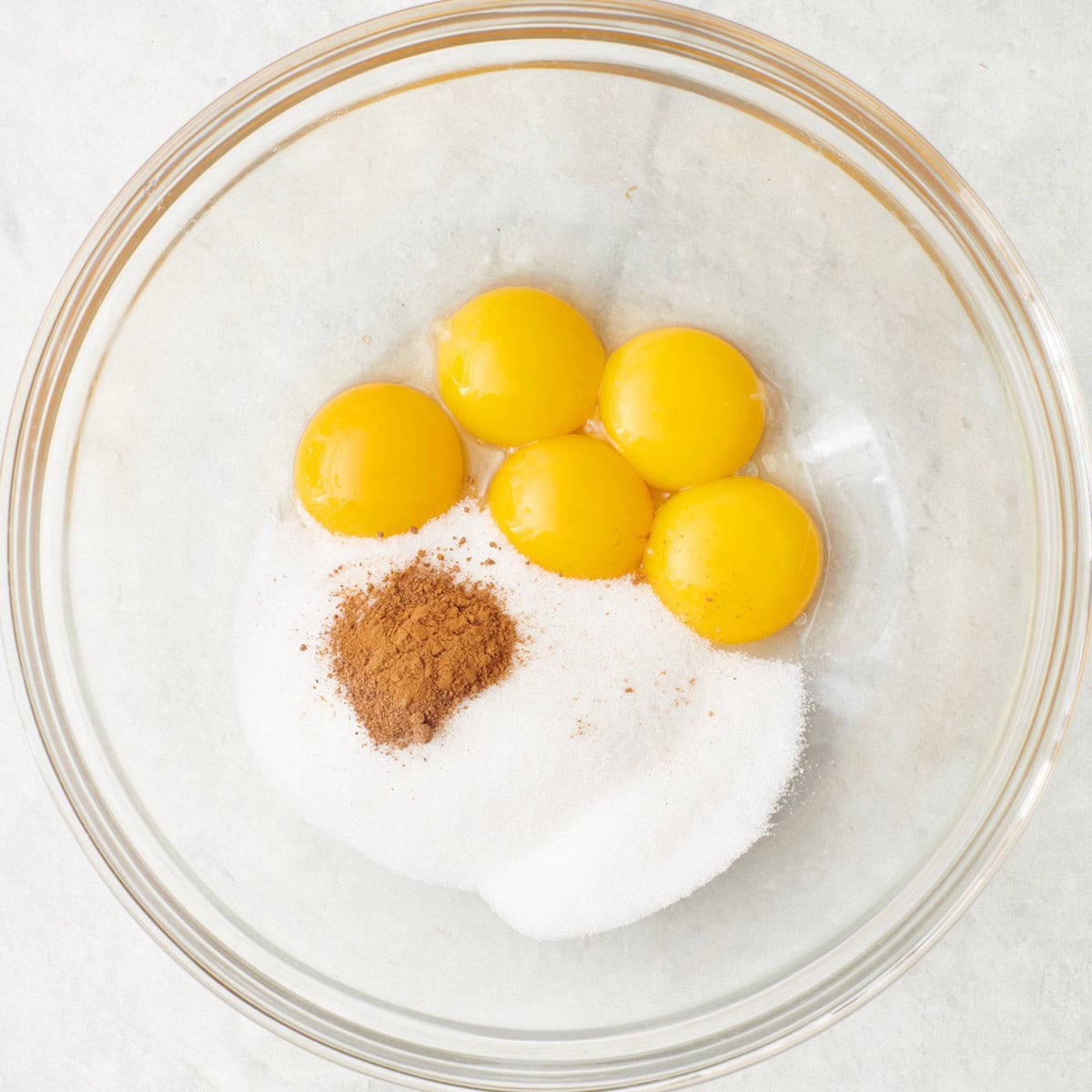
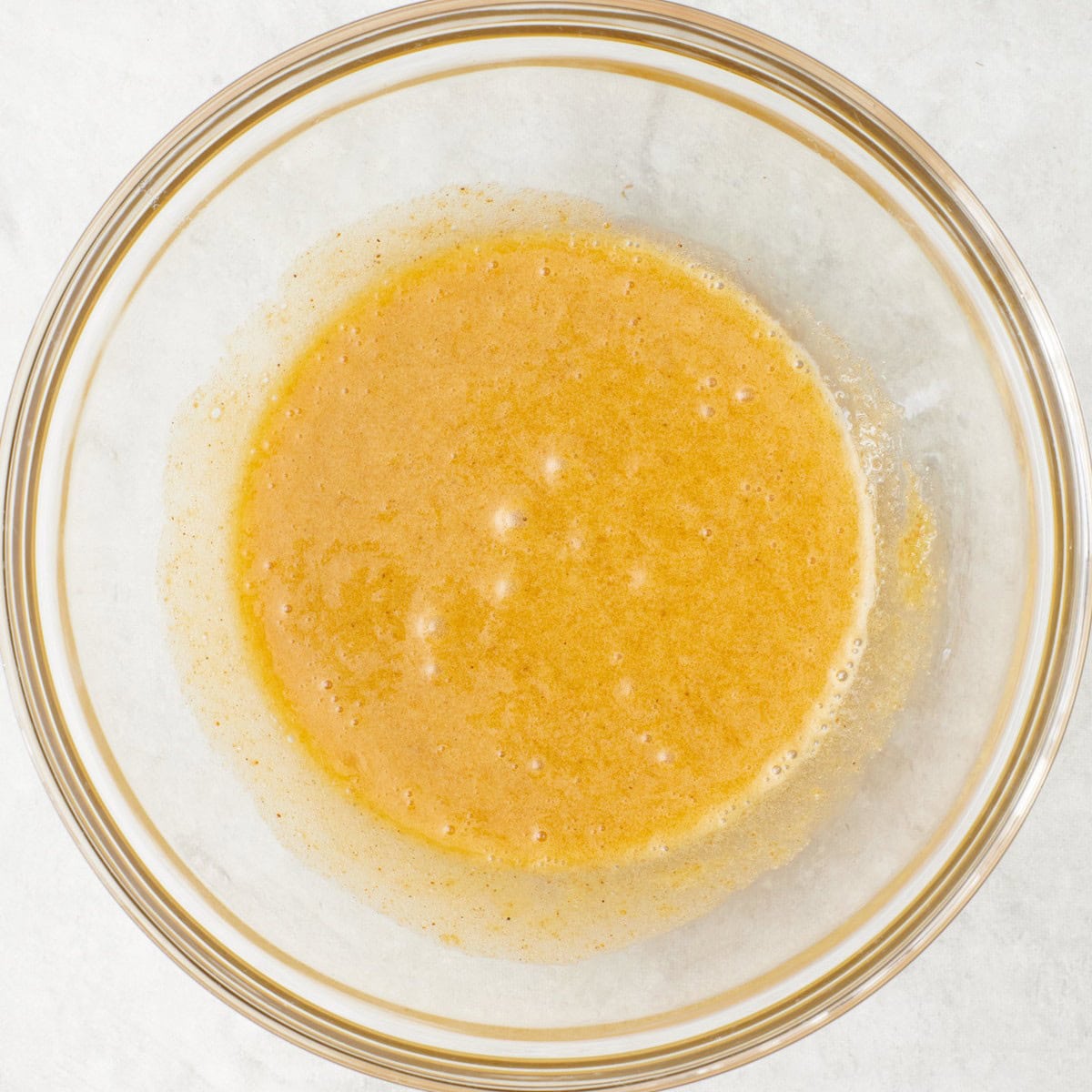

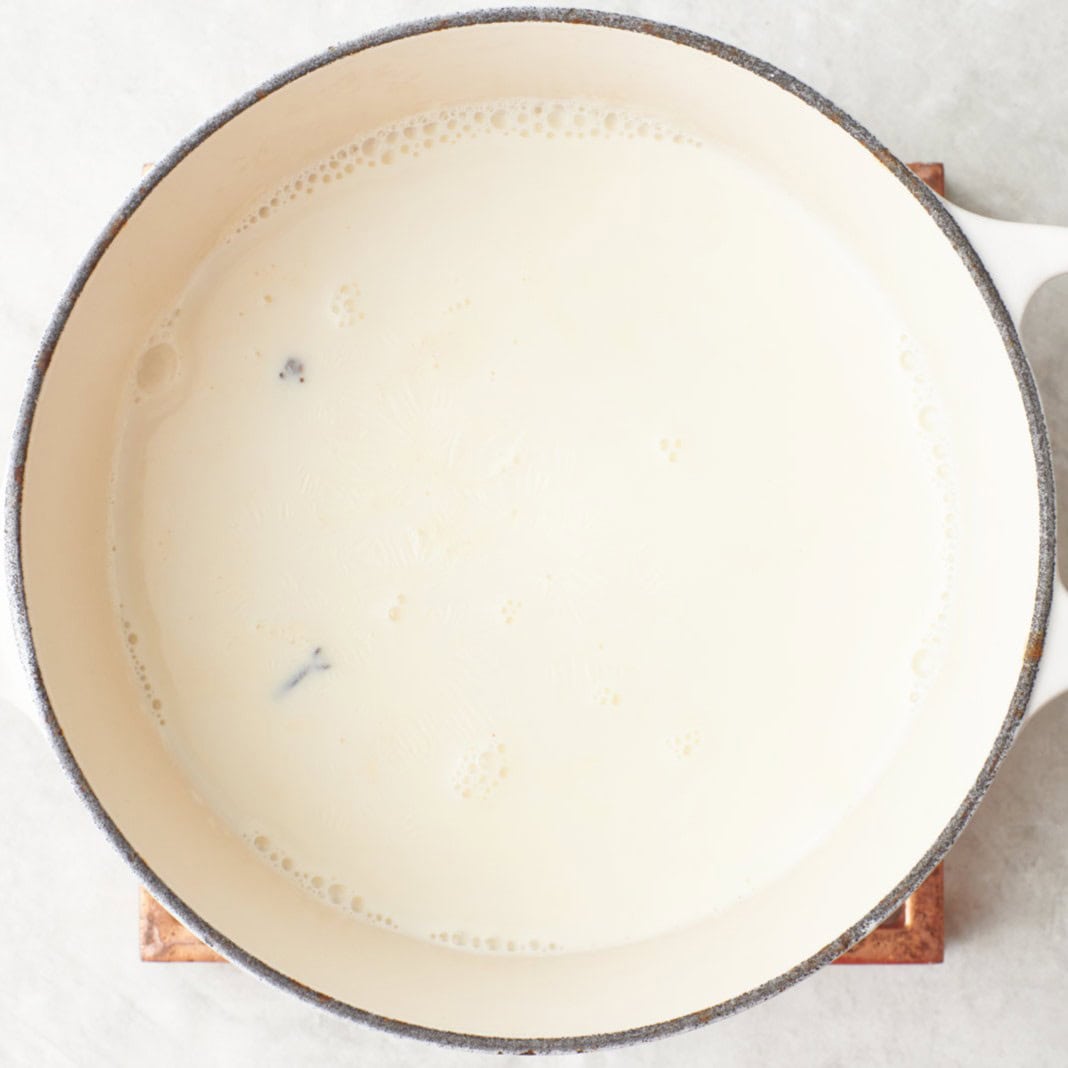
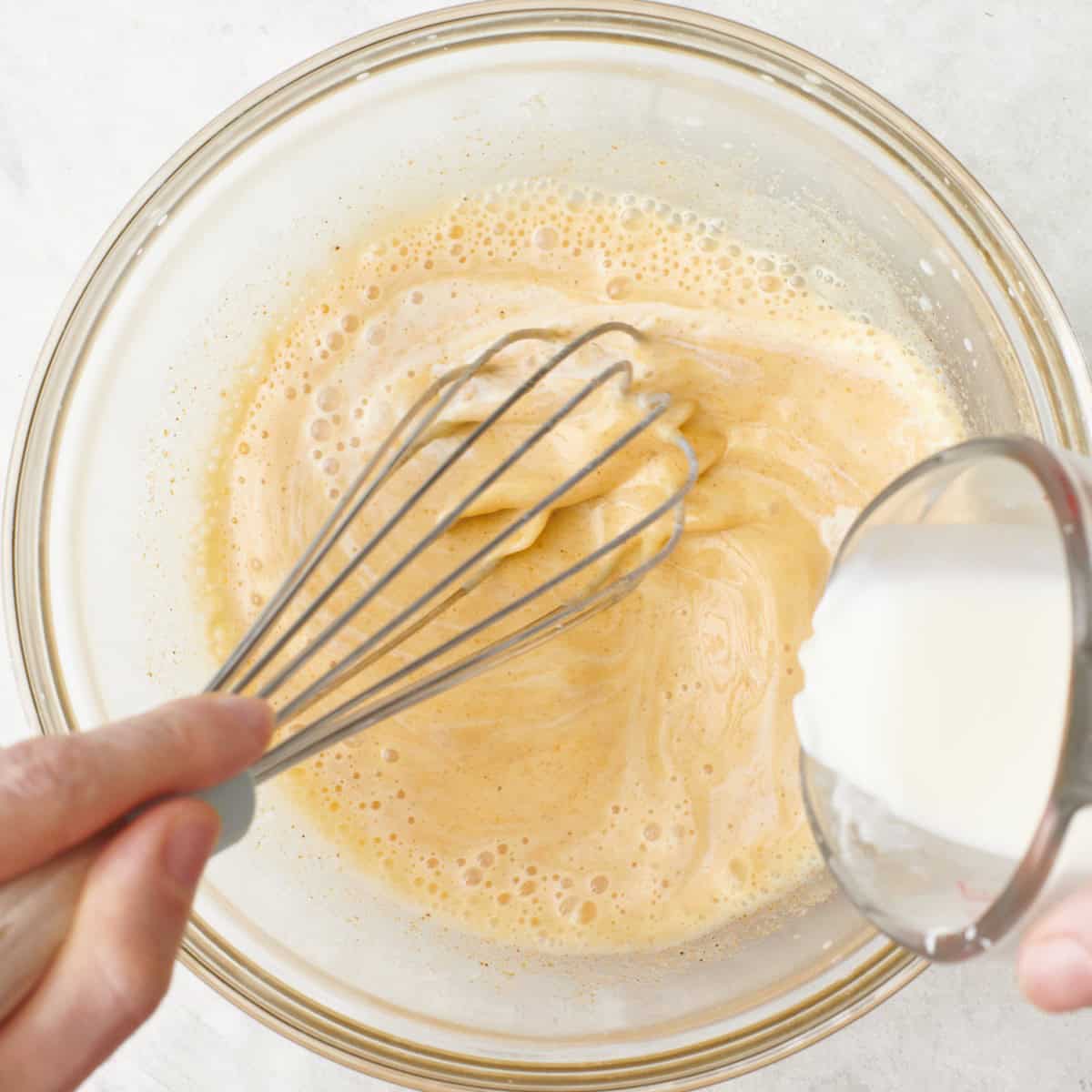
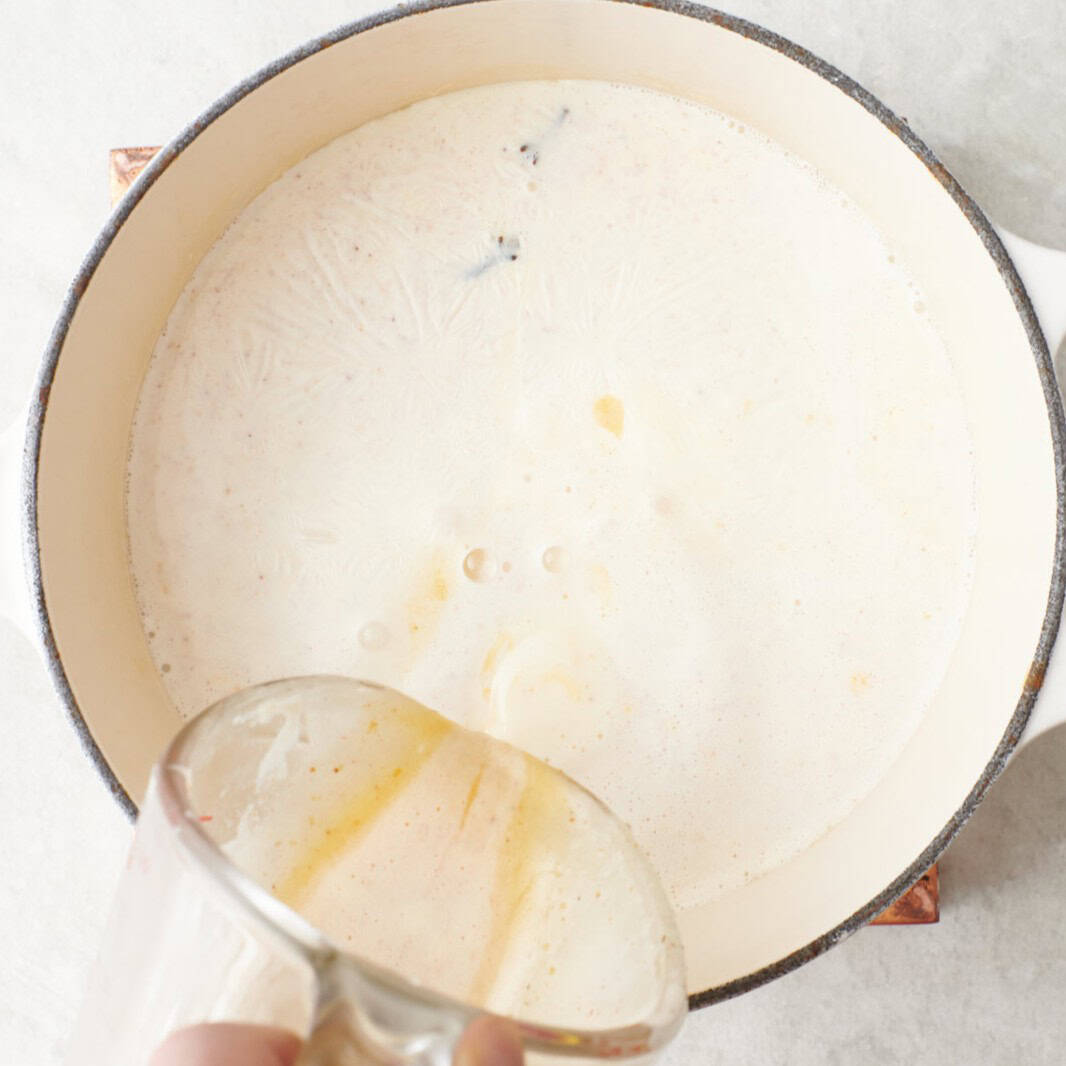
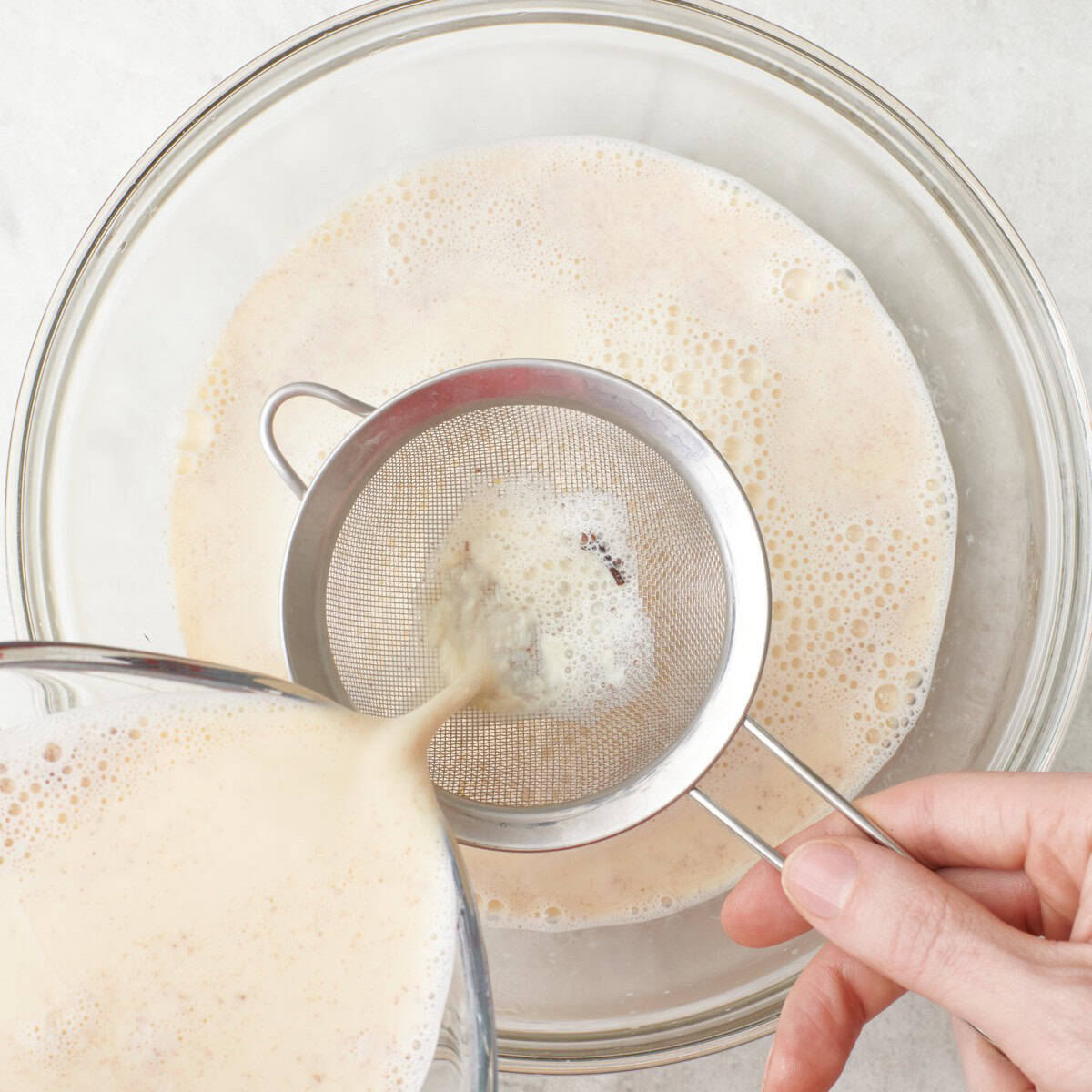


Homemade Eggnog
Video
Ingredients
- 6 egg yolks
- ½ cup granulated sugar
- ¼ teaspoon nutmeg
- ¼ teaspoon cinnamon
- 3 ½ cups whole milk
- ½ cup heavy cream
- 1 teaspoon vanilla extract
- 2 whole cloves
Instructions
- In a large heat safe bowl combine egg yolks, sugar, nutmeg and cinnamon. Whisk the egg yolks by hand until the sugar has been incorporated and has mostly dissolved, about 2 minutes.
- Place the milk, heavy cream, vanilla and cloves in a medium, heavy-bottomed saucepan. Bring to a simmer over medium heat. When you see bubbles forming around the sides of the pan, remove from the heat. Do not let this mixture come to a full boil. Using about ½ cup of the warm milk mixture, whisk it into the egg yolk mixture to temper the egg yolks, then pour everything into the same pot and cook to160˚F on an instant read or candy thermometer.
- Strain the cooked mixture through a fine mesh strainer to remove any cooked bits and the whole cloves, then chill for at least 1 hour before serving.
Equipment
Notes
- My Top Tip: Avoid overheating the milk mixture. You want it to simmer gently with small bubbles forming on the edges of the milk. A full boil can lead to overheating and curdling.
- Storage: Store eggnog in an airtight container in the fridge for up to 3 days. Shake or stir well before serving to redistribute any settled ingredients.
- Freezing: It’s generally not recommended to freeze eggnog because as with most dairy products, separation will occur. However, if you have lots of leftover eggnog, you can freeze it to be added to smoothies later. To freeze, transfer the eggnog to a freezer-safe container, leaving plenty of headspace for expansion. Freeze for up to 6 months. When ready to enjoy, thaw overnight in the fridge and stir or shake well before serving.
Nutrition
Nutrition information provided is an estimate. It will vary based on cooking method and specific ingredients used.
Recipe Variations
- Chocolate eggnog. Think of it as a cross between hot cocoa and eggnog! When warming the milk mixture, mix in 2 tablespoons of cocoa powder and 2 ounces of melted dark chocolate.
- Take inspiration from Chai. Add one Chai tea bag to the milk mixture as you heat it to infuse it with lots of flavor.
- Have fun with toppings: A simple sprinkle of fresh ground cinnamon is enough to enjoy a mug of creamy eggnog. But you can also top it with a dollop of whipped cream and a drizzle of melted chocolate.
Recipe Tips
- Don’t worry about raw eggs. Cooking the egg yolks to 160˚F in step 4 will ensure that any harmful bacteria from the raw eggs have been destroyed.
- Avoid overheating the milk mixture. You want it to simmer gently with small bubbles forming on the edges of the milk. A full boil can lead to overheating and curdling.
- Don’t be intimidated by tempering the eggs. Just think of it as gently warming up the eggs so that they don’t immediately cook when added to the warm liquid.
- Notice that it will thicken as it sits. I like to keep the mixture a little lighter so you’ll notice it may not be as thick as packaged eggnog at first. But if you let it sit in the fridge, it will definitely thicken up.
Recipes to Serve with Homemade Eggnog
- It wouldn’t be the holidays without eggnog and holiday cookies! Here are 40+ of my favorite holiday cookie recipes to pair with this homemade eggnog.
FAQs
Tempering the egg yolks involves gradually adding a small amount of the hot milk liquid to bring them to a warmer temperature without cooking them. This ensures a smooth and creamy eggnog. If you were to add the eggs to the hot milk mixture without tempering, you would likely cook them, creating scrambled egg yolks in your eggnog.
Yes, you can make a non-dairy version of eggnog by using dairy alternatives like almond milk, coconut milk, soy milk, or oat milk. You may need to adjust the amount of sugar to suit your taste, as some of the non-dairy milks may already have a hint of sweetness.
Even though homemade eggnog doesn’t have a long shelf life, there are lots of ways to enjoy eggnog besides just drinking it. Use it various recipes such as pancakes, French toast, or even as a base for creamy smoothies like in this breakfast coffee smoothie.
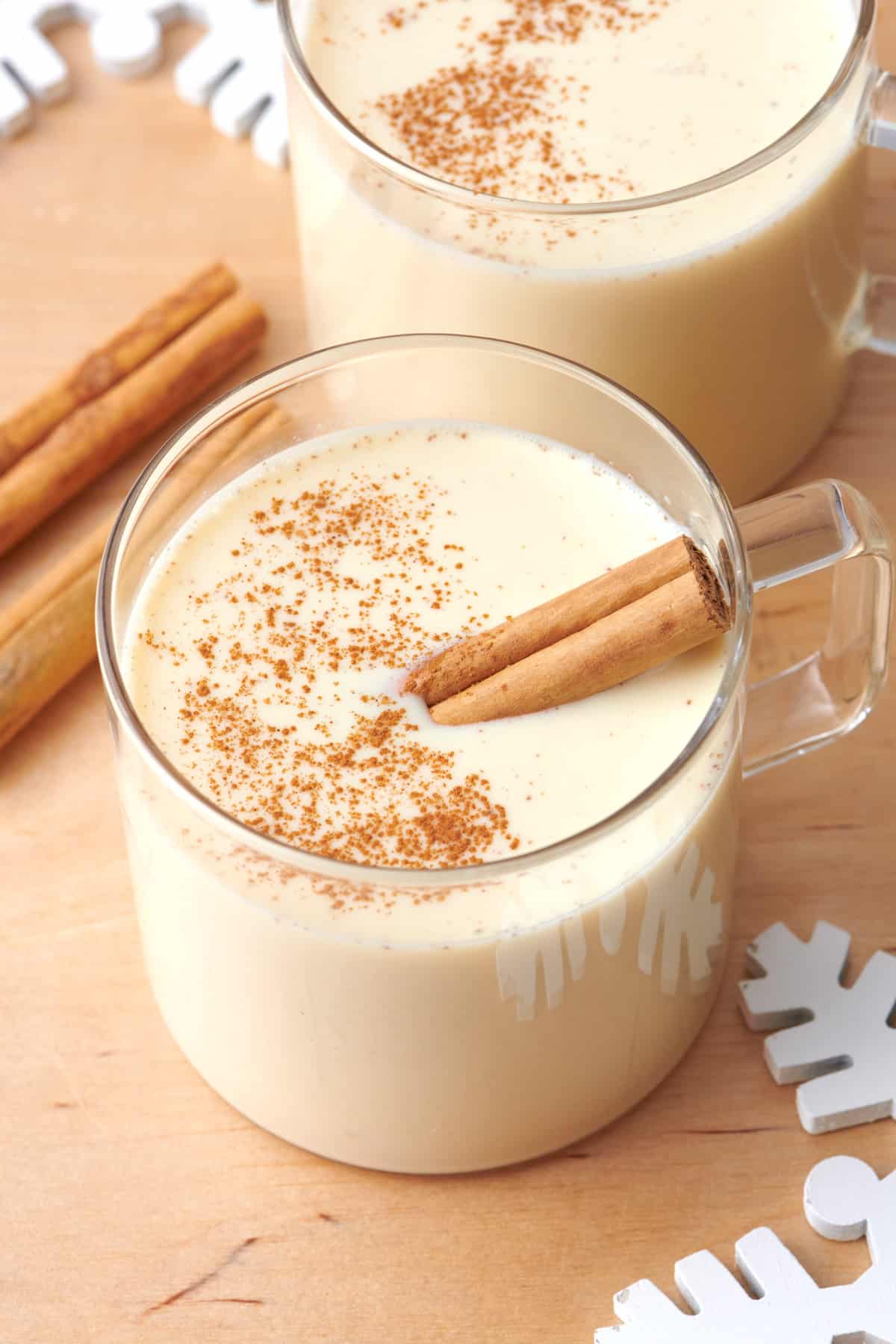
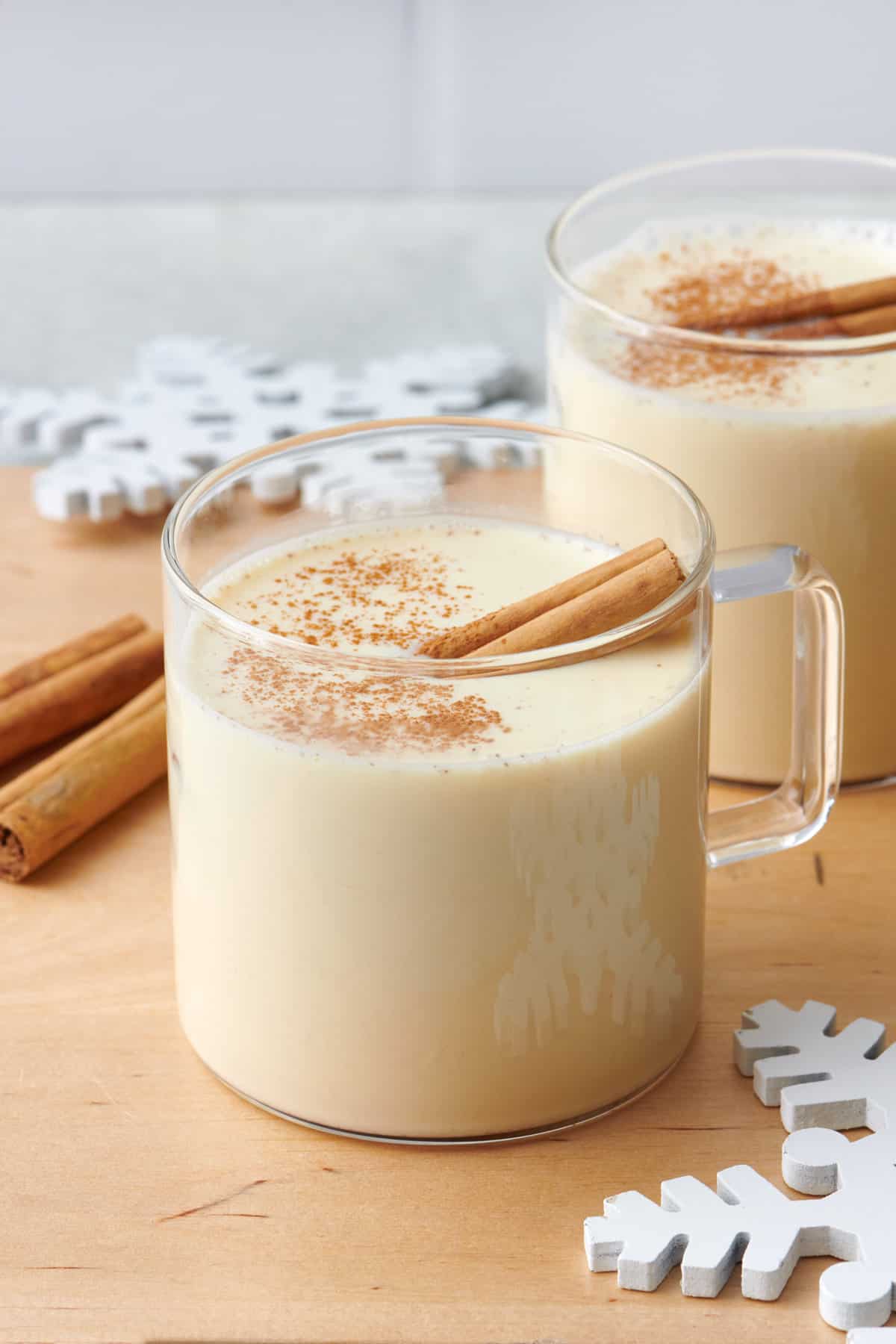
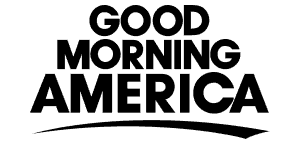
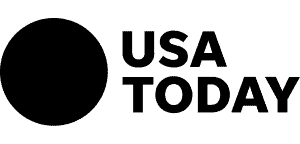
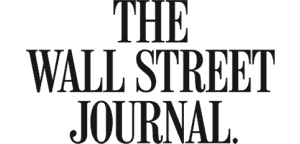



Comments
Hi there! I don’t drink alcohol, so I don’t have any recommendations here. So sorry!
I like it
Thank you so much, Michael!